POPULATION
1.324.111
CURRENCY
KAZAKHSTANI TENGE
TIMEZONE
GMT +5:00
LANGUAGE
KAZAKH
WEATHER
JULY 21ºC /
JANUARY -15ºC
AIRPORTS
Nursultan Nazarbayev International Airport
HISTORICAL IMPORTANCE OF NUR-SULTAN
Nur-Sultan, formerly Astana, has a rich historical significance for Kazakhstan. Initially founded in the early 19th century as a small fort, it evolved into a regional hub during the Soviet era, particularly noted for its role in the Virgin Lands Campaign of the 1950s. The city gained prominence when it was designated the capital of Kazakhstan in 1997, replacing Almaty. This move, driven by strategic and geographical considerations, sparked rapid development and modernization under President Nursultan Nazarbayev's leadership. Renamed Nur-Sultan in 2019 in his honor, the city now stands as a symbol of Kazakhstan's progress and ambitions, renowned for its futuristic architecture and role as the nation's political, cultural, and economic center.
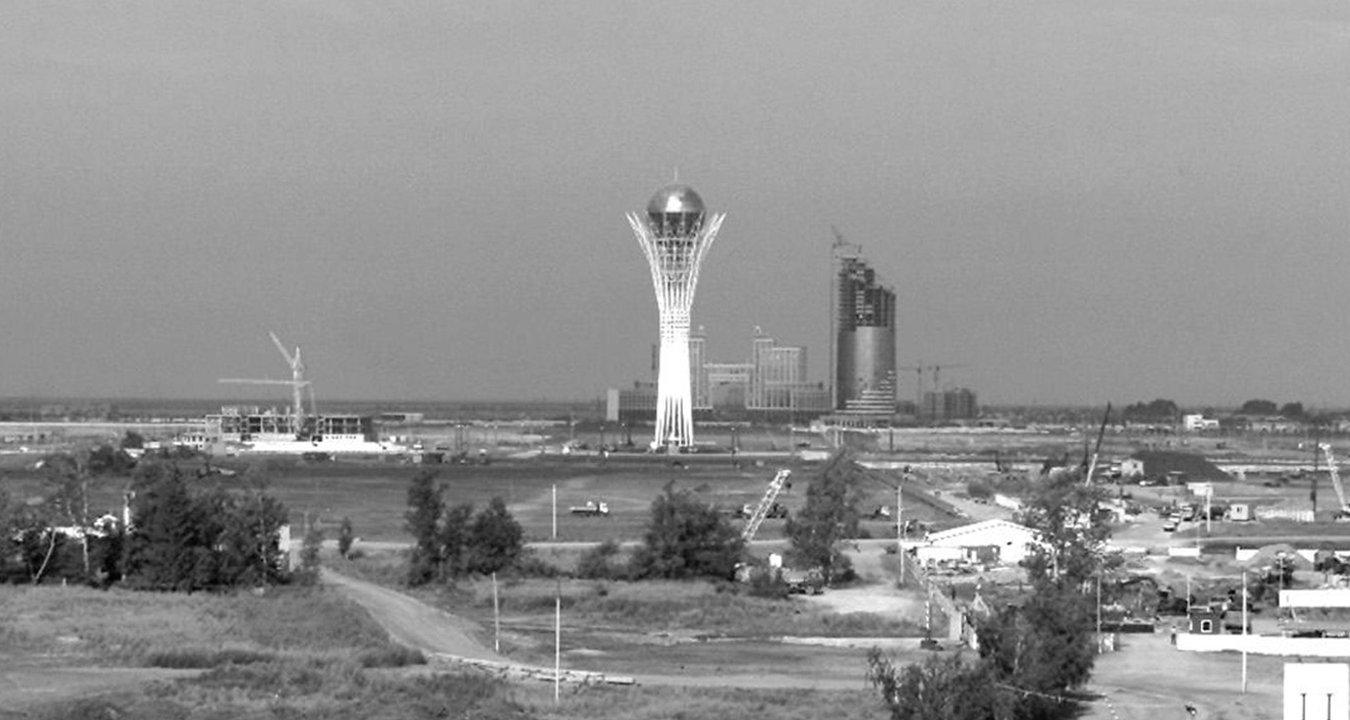
ARCHITECTURAL MARVELS
Nur-Sultan, known for its stunning architectural marvels, features a skyline that blends modernity with cultural symbolism. The Bayterek Tower stands as a centerpiece, representing a mythical tree of life and offering panoramic city views from its observation deck. The Palace of Peace and Reconciliation, designed by renowned architect Norman Foster, is a striking pyramid that hosts international conferences and cultural events. Another Foster creation, the Khan Shatyr Entertainment Center, is a vast transparent tent housing an urban beach, shopping, and entertainment venues. The Ak Orda Presidential Palace, an elegant structure with a distinctive blue and gold dome, serves as the official workplace of the President of Kazakhstan. The Astana Opera and the Kazakhstan Central Concert Hall are other architectural highlights, showcasing the city's commitment to cultural and artistic excellence. These landmarks, with their innovative designs and cultural significance, underscore Nur-Sultan's transformation into a modern, vibrant capital.
THE BEST TIME TO VISIT NUR-SULTAN
The best time to visit Nur-Sultan is from late spring to early autumn, specifically between May and September. During these months, the weather is mild and pleasant, with temperatures ranging from 15°C to 25°C (59°F to 77°F), making it ideal for exploring the city's architectural marvels and outdoor attractions. This period allows visitors to comfortably enjoy landmarks like the Bayterek Tower and Khan Shatyr Entertainment Center without the extreme cold of winter, which can drop below -30°C (-22°F), or the intense summer heat that can reach up to 35°C (95°F). Late spring and early autumn also bring vibrant greenery and fewer crowds, enhancing the overall travel experience.
TRANSPORTATION TO NUR-SULTAN
Traveling to Nur-Sultan is convenient due to its well-developed transportation infrastructure. The city is served by the Nursultan Nazarbayev International Airport, which hosts numerous international and domestic flights, making air travel the most common way to reach the capital. The airport is located about 17 kilometers from the city center and is accessible via taxis, airport shuttles, and public buses. Additionally, Nur-Sultan is connected by a network of highways and railways, providing options for those traveling by car or train from other parts of Kazakhstan and neighboring countries. Within the city, a variety of public transportation options, including buses and taxis, ensure easy navigation and accessibility to key attractions and business districts.
NAME CHANGES
Nur-Sultan, the capital of Kazakhstan, has undergone several name changes throughout its history. Originally founded as Akmolinsk in 1830, it served as a small fortification. During the Soviet era, it was renamed Tselinograd in 1961, reflecting its role in the Virgin Lands Campaign aimed at boosting agricultural production. After Kazakhstan gained independence, the city was renamed Akmola in 1992. In 1997, it became the capital of Kazakhstan and was renamed Astana, which means "capital" in Kazakh. Finally, in 2019, it was renamed Nur-Sultan in honor of Nursultan Nazarbayev, the country's first president, recognizing his significant contributions to the nation's development.
THINGS TO DO AND PLACES TO VISIT
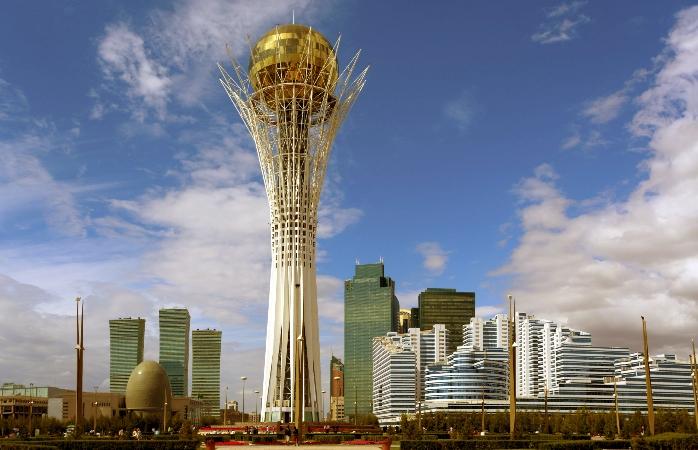
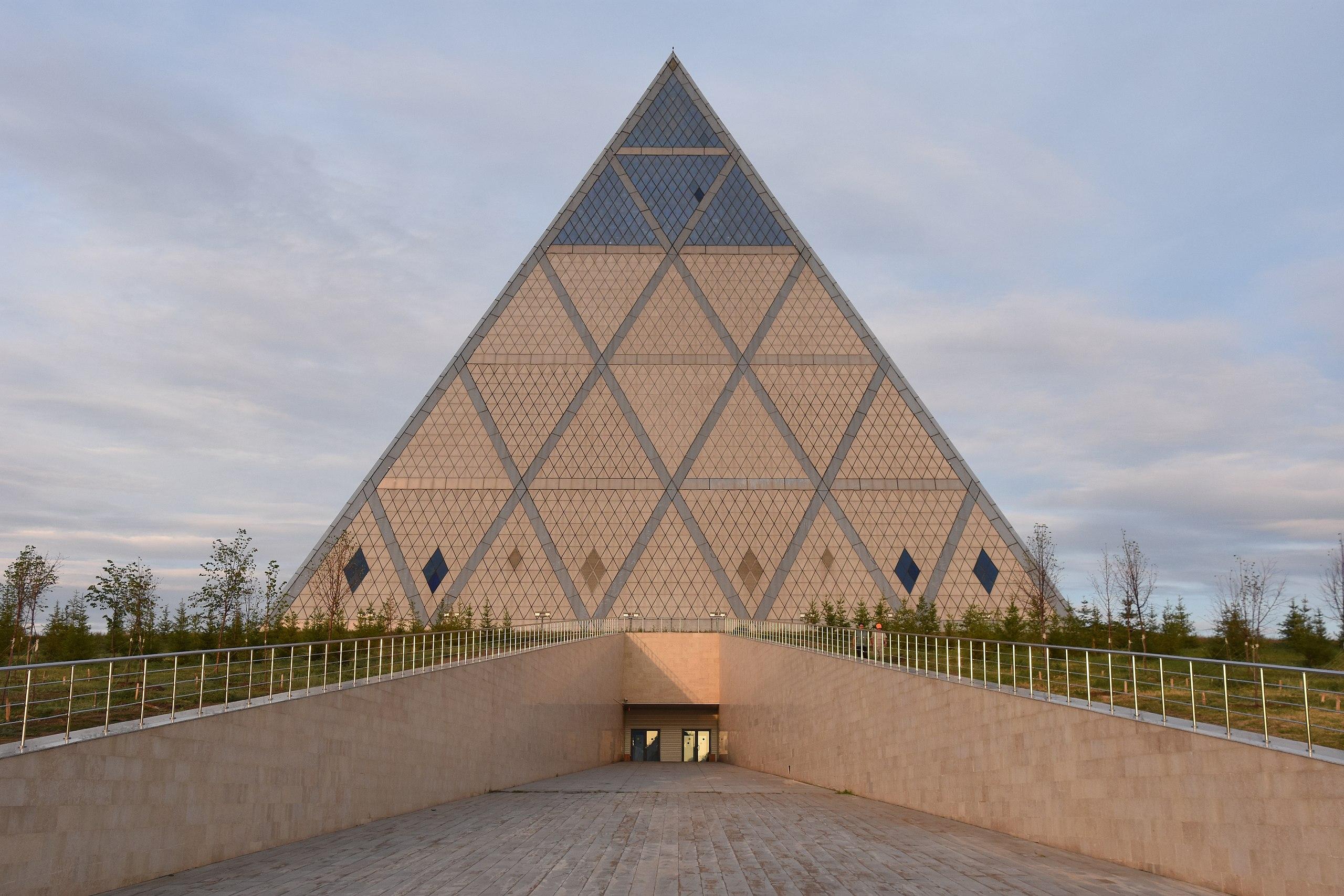
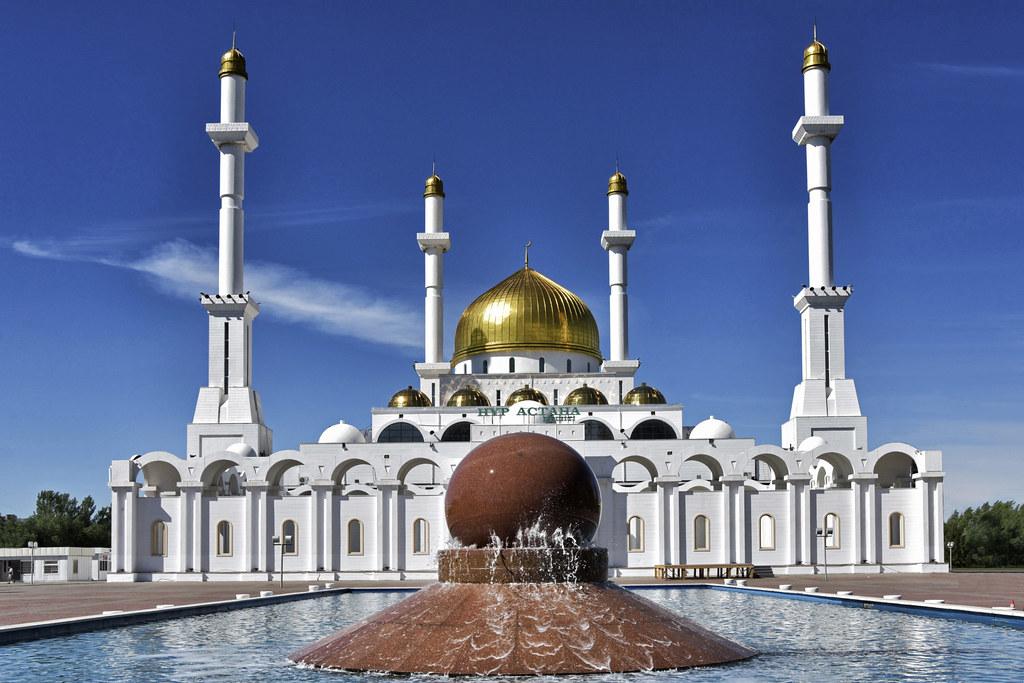
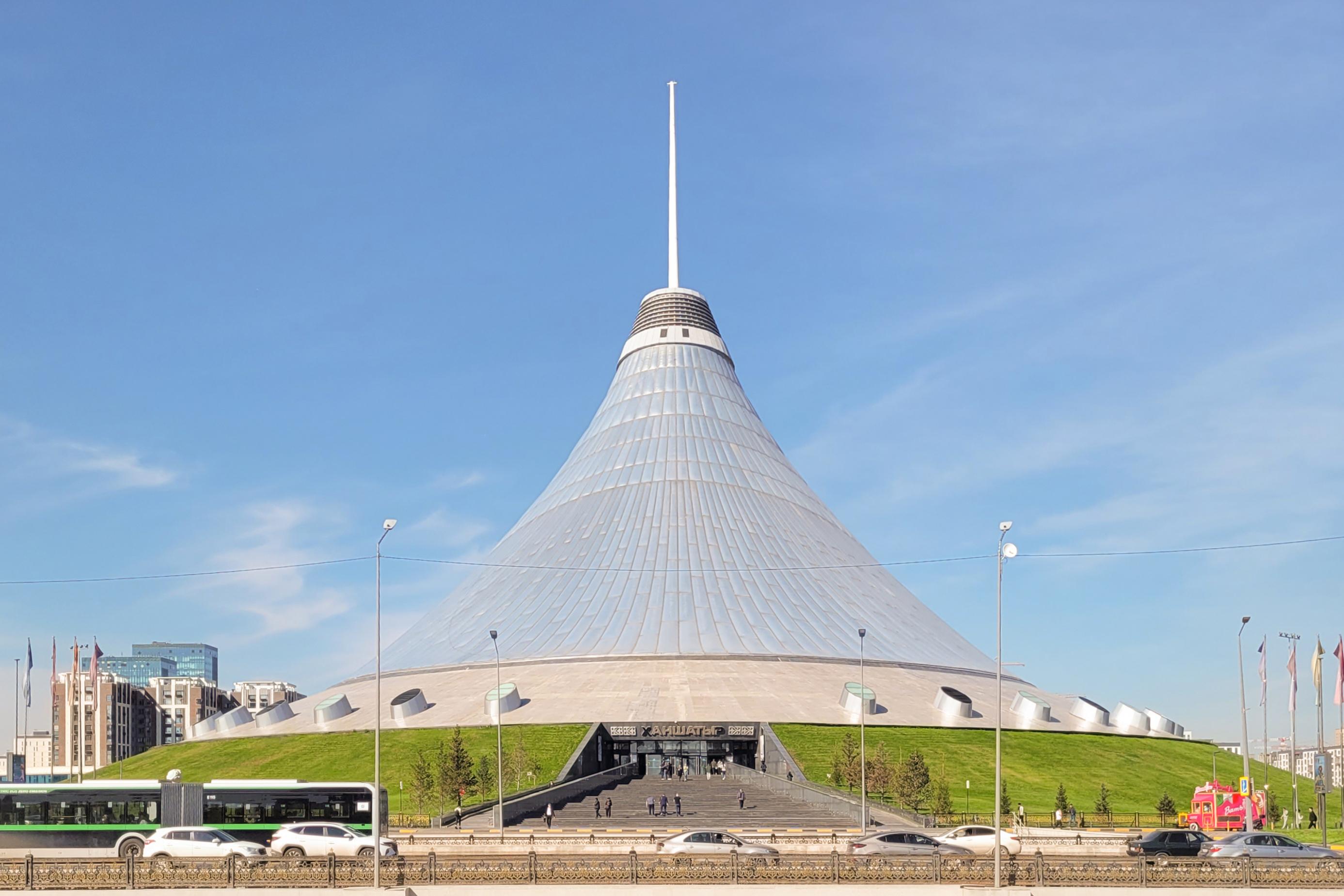
WHAT TO EAT IN NUR-SULTAN
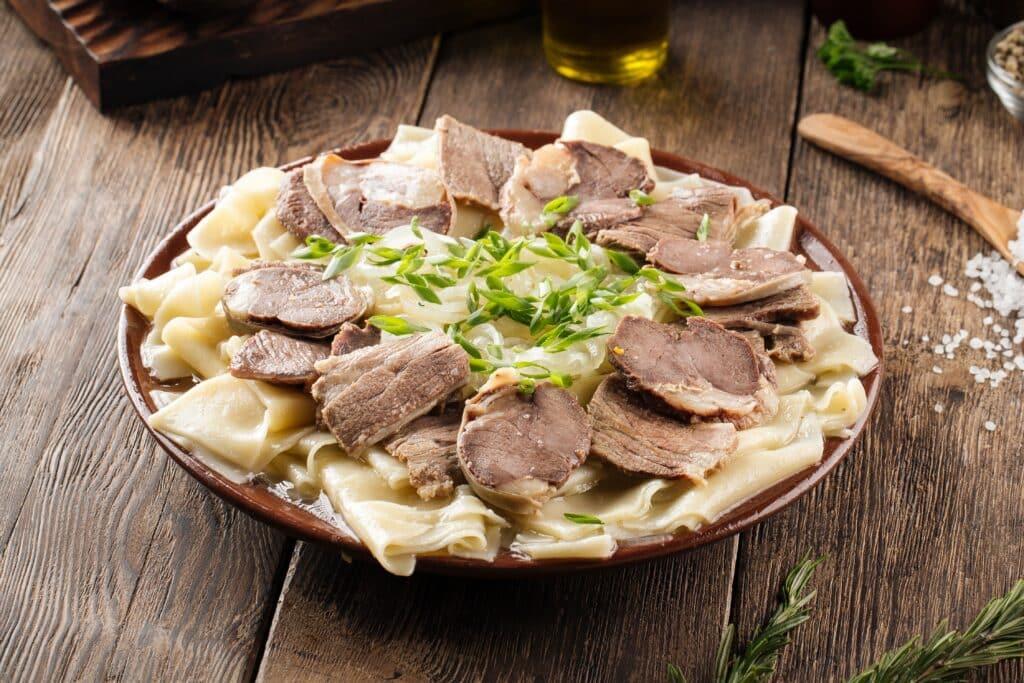
BESHBARMAK
Beshbarmak is a traditional Kazakh dish that holds cultural significance and is often considered the national dish of Kazakhstan. Its name translates to "five fingers," reflecting the traditional way of eating it—using one's hands. The dish typically consists of boiled meat (commonly lamb or horse meat) served on a bed of thin pasta sheets, accompanied by onions and sometimes potatoes. The meat is cooked until tender, and the pasta is boiled until soft, creating a hearty and flavorful combination. Beshbarmak is traditionally enjoyed during festive occasions, family gatherings, and celebrations, symbolizing hospitality and unity in Kazakh culture.
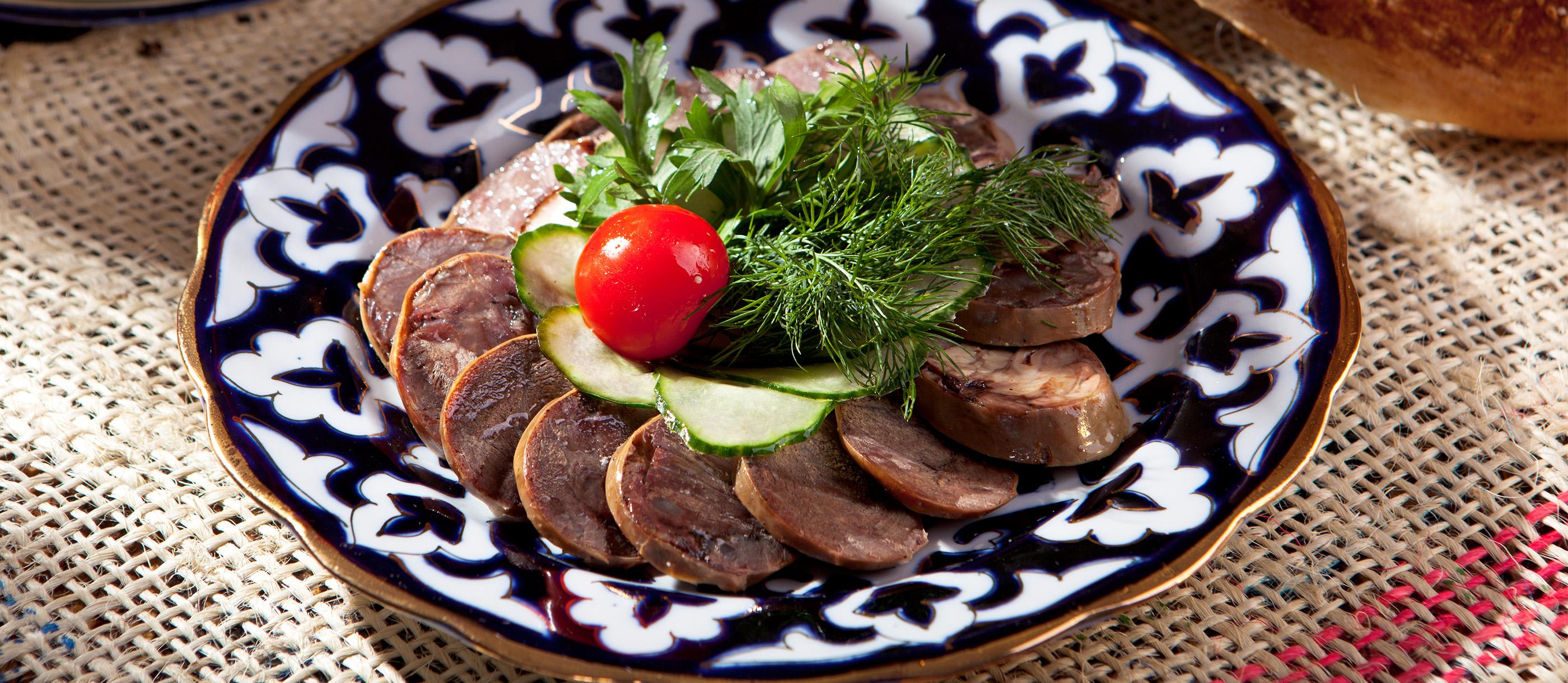
KAZY
Kazy is a traditional sausage in Kazakh cuisine made from horse meat, which holds cultural significance in Kazakhstan. It is typically prepared by stuffing seasoned horse meat into the horse's large intestine and then drying it for several weeks. This process gives kazy its distinctive flavor and texture. Once ready, kazy is often sliced thinly and served as an appetizer or snack, accompanied by flatbread (like tandyr nan) and sometimes with onions or other condiments. It is considered a delicacy and is commonly enjoyed during special occasions and celebrations, reflecting the nomadic roots and traditional culinary practices of the Kazakh people.
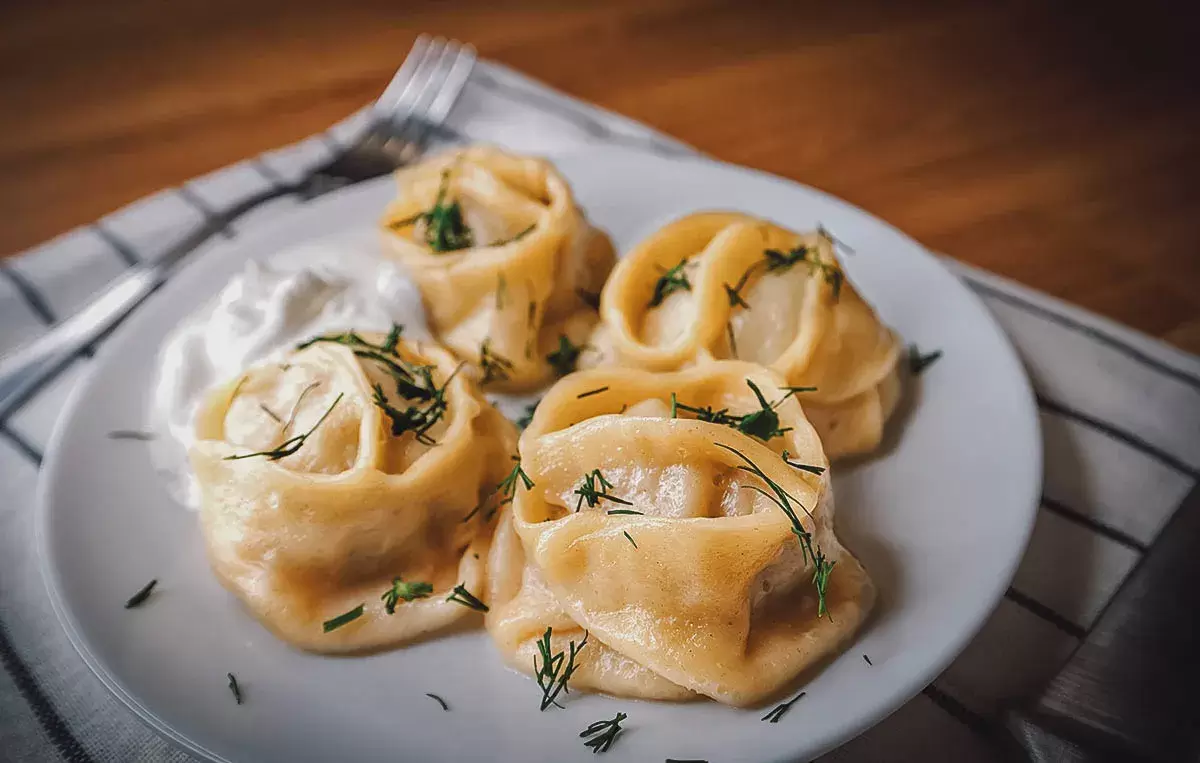
MANTY
Manty are traditional steamed dumplings that hold a special place in Kazakh and Central Asian cuisines. These dumplings are typically filled with seasoned ground meat (often lamb or beef), onions, and sometimes herbs, although regional variations exist. The dough is rolled out thin, and the dumplings are then folded into a distinctive shape, often resembling a closed purse or a knot, ensuring the filling remains juicy and flavorful. Manty are steamed until the dough is cooked through and becomes slightly translucent, resulting in a tender and moist texture. They are usually served hot, sometimes topped with melted butter or a dollop of sour cream, and may be accompanied by a side of vinegar-based sauce or pickles. Manty are enjoyed as a main dish or appetizer, particularly during festive gatherings and family meals, showcasing the rich culinary traditions of the region.

KUMIS
Kumis is a traditional fermented dairy drink that holds cultural and historical significance in Kazakhstan and other Central Asian countries, particularly among nomadic communities. It is made from mare's milk, which undergoes a natural fermentation process facilitated by lactic acid bacteria present in the milk. The fermentation gives kumis its characteristic effervescence and slightly sour taste. The drink is known for its nutritional value, being rich in vitamins, minerals, and probiotics. Kumis is traditionally consumed chilled and is believed to have health benefits, including aiding digestion and boosting the immune system. It holds a symbolic importance in Kazakh culture, often served during festive occasions and as a gesture of hospitality.
HOW MANY DAYS SHOULD YOU SPEND IN NUR-SULTAN?
The ideal number of days to spend in Nur-Sultan depends on your interests and the activities you wish to explore. For a comprehensive visit that includes major landmarks like the Bayterek Tower, the Palace of Peace and Reconciliation, and the National Museum of Kazakhstan, as well as sampling local cuisine and experiencing the city's vibrant culture, a stay of 2 to 3 days is typically sufficient. This timeframe allows enough time to explore the city's architectural marvels, visit museums, enjoy local cuisine, and perhaps attend cultural events or performances. If you plan to delve deeper into specific aspects of Nur-Sultan or explore nearby attractions, you may consider extending your stay by a few more days to fully appreciate everything the city and its surroundings have to offer.
